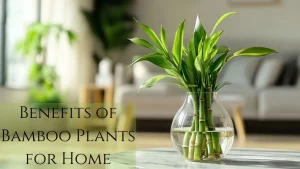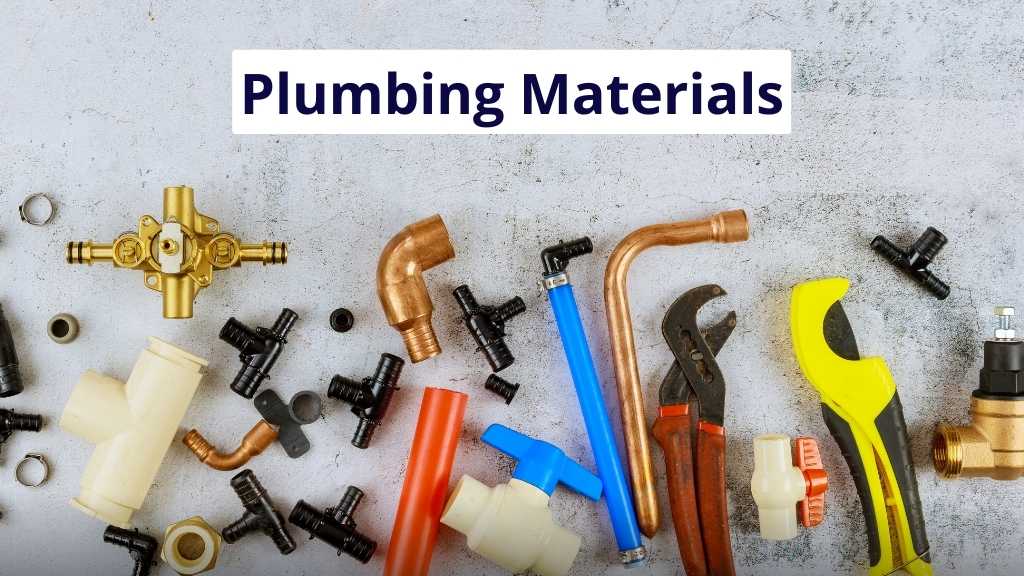
Introduction To Plumbing Materials Name List: Enhancing The Fluid Flow And Connectivity Of Plumbing Systems
Introduction
Plumbing fittings are the unsung heroes that underpin the functionality and efficiency of our modern plumbing materials name list systems. These essential components play a pivotal role in ensuring the smooth flow of water, gases, and other fluids throughout residential, commercial, and industrial infrastructures. From directing the flow of water to connecting different pipe sections, each fitting serves a specific purpose, contributing to the overall reliability and performance of the plumbing network.
A myriad of plumbing materials name list exist to cater to diverse requirements, ranging from simple residential installations to complex industrial setups. Among the most commonly used plumbing fittings are elbows, tees, crosses, barbs, nipples, double-tapped bushings, adapters, reducers, couplings, unions, mechanical sleeves, olets, valves, wyes, plugs, and caps.
Elbows, with their characteristic bend, allow for smooth directional changes in the pipe system, circumventing obstacles and optimizing the layout. Tees, resembling the letter “T,” create junctions for multiple pipes, facilitating the branching of water supply or drainage lines. For more intricate branching configurations, the cross-type fitting accommodates four connections with equal ease and efficiency.
To connect hoses or flexible pipes, barbs come to the rescue, creating secure connections that prevent leaks. Nipples, on the other hand, act as short extensions or connectors between fittings, adjusting the length or accommodating for misalignments. Double-tapped bushings, with their variable thread diameters, enable seamless connections between pipes of different sizes.
Adapters are versatile connectors that bridge the gap between different types of fittings, accommodating various end types and thread sizes. Reducers, as their name implies, bring pipes of different diameters together, optimizing fluid flow throughout the system.
Couplings and unions play a crucial role in joining two pipes of the same size or providing a temporary disconnection point for easy maintenance. Mechanical sleeves, meanwhile, offer an effective solution to repair damaged sections of pipes, restoring structural integrity without the need for major replacements.
Olets, a specialized type of branch connection, allow for the creation of auxiliary lines, enhancing the flexibility and adaptability of the plumbing network. Valves, perhaps the most critical fittings, enable precise control over the flow of fluids, ensuring on-demand usage and safety.
Wyes, resembling the letter “Y,” enable branching connections at a 45-degree angle, widely employed in drainage systems. For closing off unused pipes or creating temporary seals, plugs and caps prove invaluable, preventing leaks and maintaining system integrity.
In this comprehensive guide, we will delve deeper into each of these plumbing fittings, exploring their functions, applications, and the materials they are commonly made from. We will also highlight the importance of proper selection, installation, and maintenance to guarantee a reliable, efficient, and leak-free plumbing system. Whether you are a homeowner, a plumbing professional, or an aspiring DIY enthusiast, this guide will serve as a valuable resource for mastering the art of plumbing fittings with the entire plumbing materials name list and their vital role in shaping our modern world.
Let’s delve into more detail about each of the plumbing materials name list.
17 Plumbing Material List With Pictures
1. PVC (Polyvinyl Chloride)
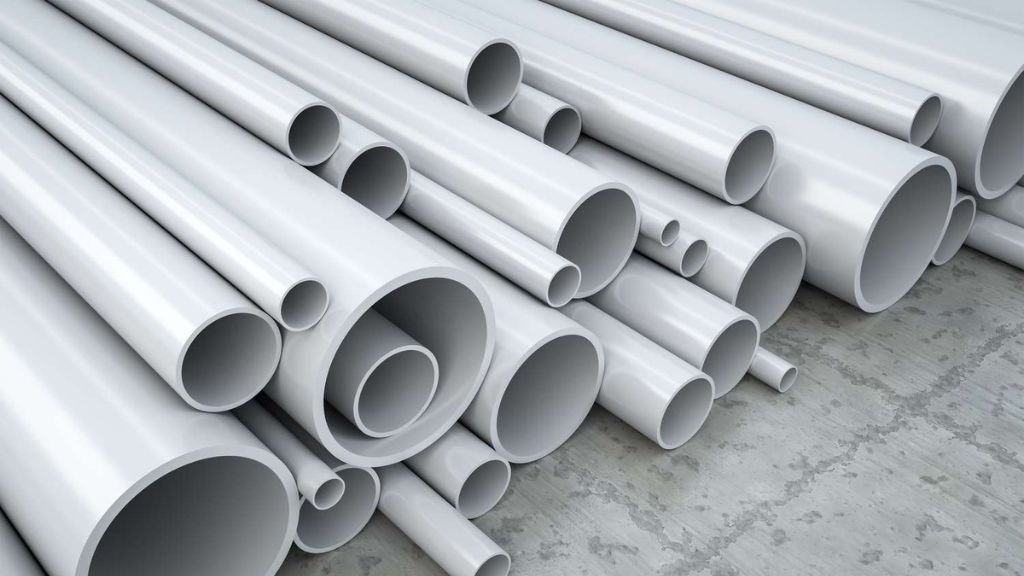
PVC is a rigid, lightweight, and cost-effective plastic material widely used in plumbing applications. It is excellent for drain, waste, and vent (DWV) systems, as well as cold water supply lines. PVC pipes are easy to cut and join using solvent cement. Their smooth interior surface prevents the buildup of scale and sediment, ensuring good water flow. However, PVC pipes are not suitable for hot water supply due to their lower temperature resistance.
2. CPVC (Chlorinated Polyvinyl Chloride)
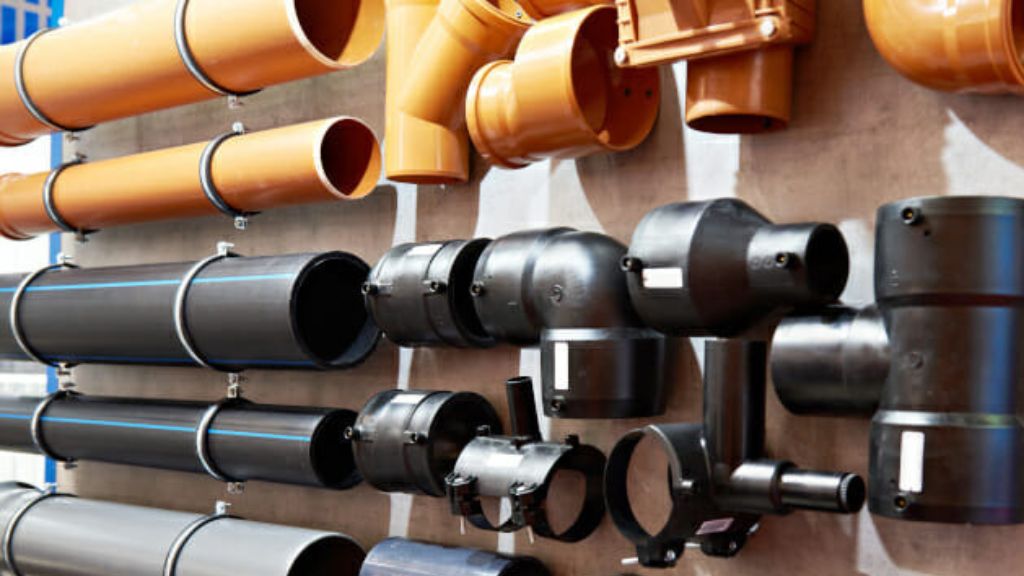
CPVC is similar to PVC but has undergone a chlorination process, making it more suitable for hot water supply lines. It is more heat-resistant than PVC and can handle higher temperatures without deforming or corroding. CPVC pipes are often used in residential plumbing systems for both hot and cold water lines.
3. PEX (Cross-linked Polyethylene)
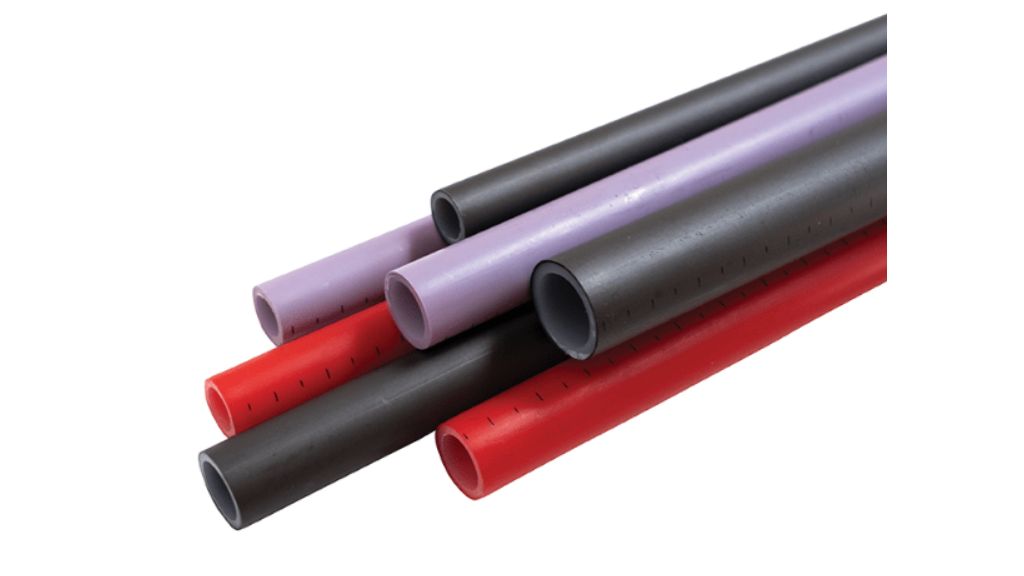
PEX is a flexible plastic tubing that has gained popularity in recent years due to its ease of installation and resistance to freezing. PEX is suitable for both hot and cold water supply lines and can be used in various applications, such as radiant floor heating. It requires fewer fittings compared to rigid materials like copper, reducing the risk of leaks. PEX can expand and contract, making it less likely to burst in freezing temperatures.
4. Copper

Copper is a classic plumbing material known for its durability and resistance to corrosion. It is widely used for water supply lines and fittings. Copper pipes come in different types, such as Type M, Type L, and Type K, each with varying wall thicknesses and pressure ratings. Soldering or brazing is used to join copper pipes and fittings, ensuring reliable connections.
5. Galvanized Steel
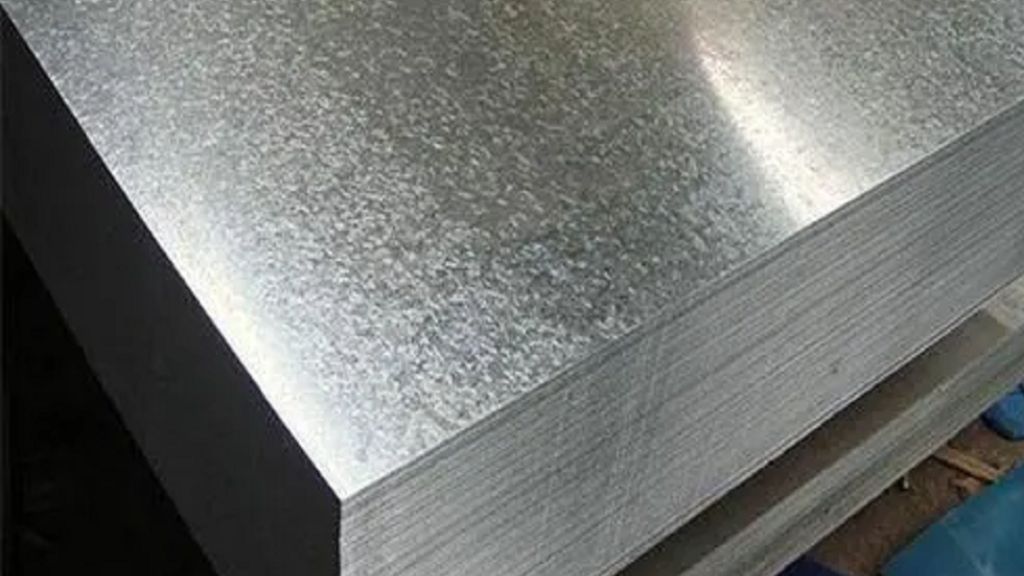
Galvanized steel pipes are steel pipes coated with a layer of zinc to protect against rust and corrosion. They were commonly used in the past but have become less popular due to their tendency to rust and clog over time. As a result, many plumbing codes now discourage or prohibit the use of galvanized steel for potable water supply systems.
6. Cast Iron
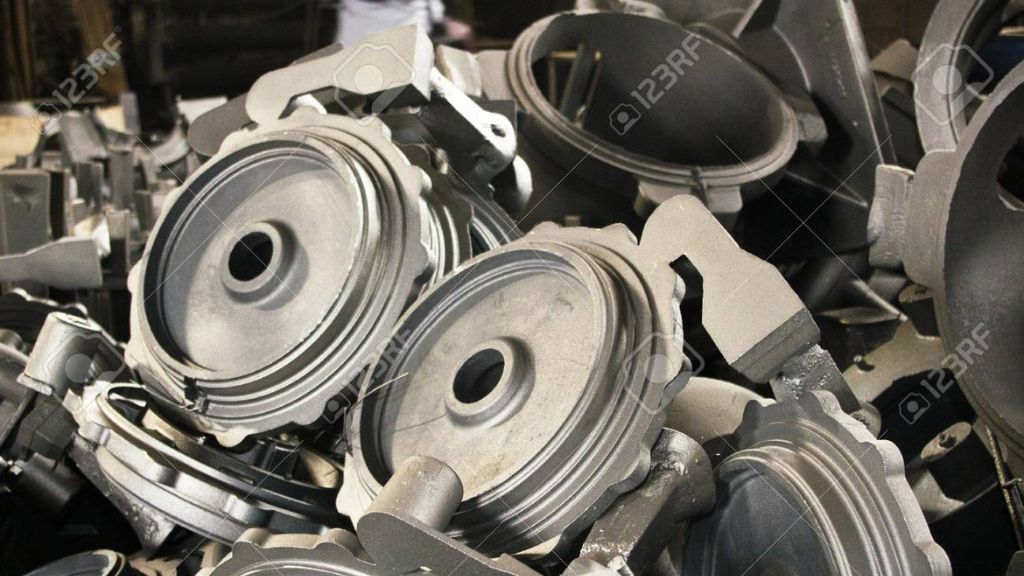
Cast iron pipes are strong and durable, making them ideal for drain, waste, and vent systems. They have been used for centuries in plumbing and are known for their longevity and sound-dampening properties. However, cast iron is heavy and difficult to work with, making installation more labor-intensive compared to other materials.
7. Brass
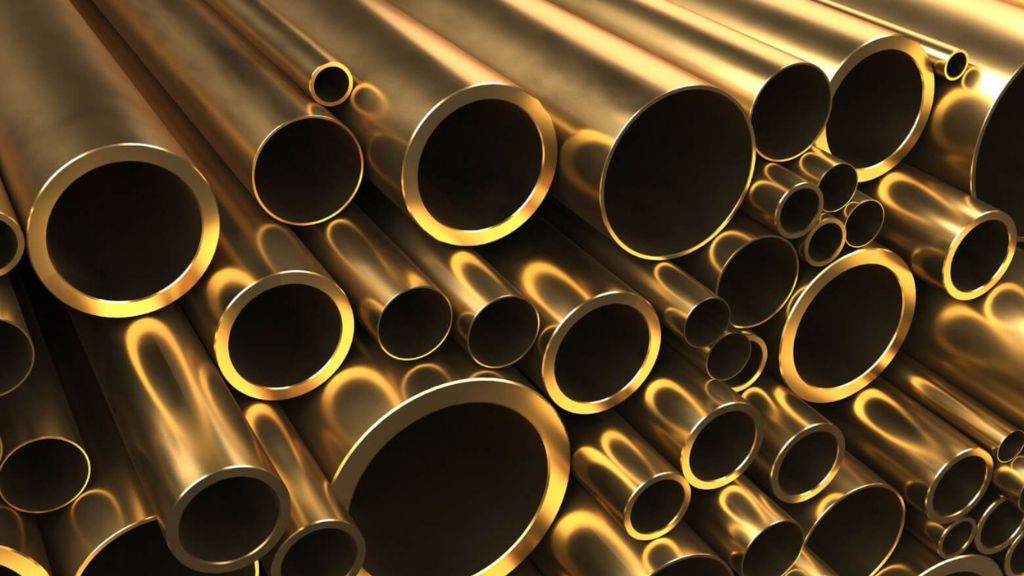
Brass is an alloy of copper and zinc, often used for fittings and fixtures in plumbing systems. Brass fittings are durable, corrosion-resistant, and provide a reliable connection between pipes. They are commonly used in valves, faucets, and other plumbing components.
8. Stainless Steel
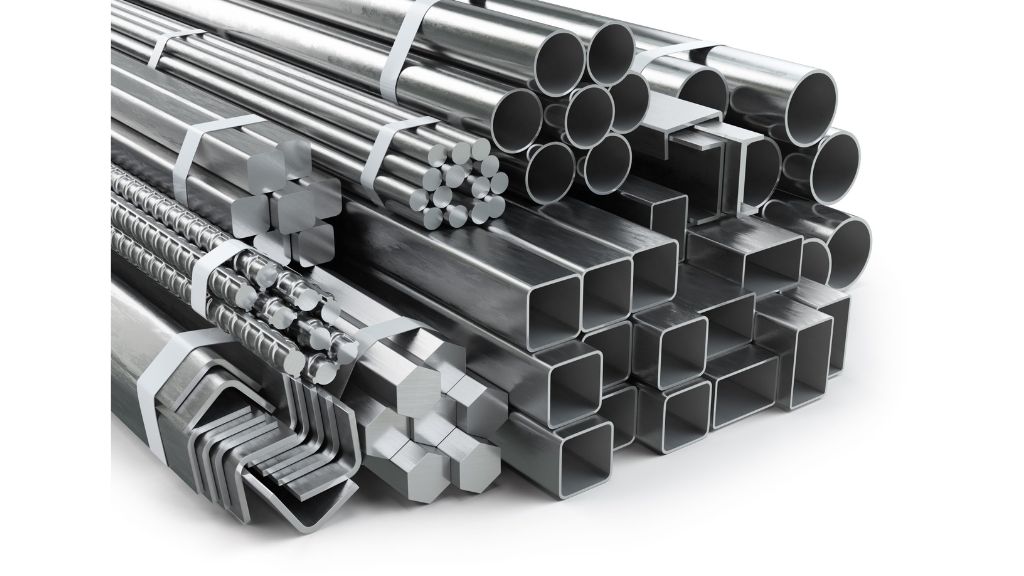
Stainless steel is another corrosion-resistant material used in plumbing fixtures and pipes. It is often employed in commercial and industrial applications where durability and hygiene are essential. Stainless steel pipes are expensive compared to other materials, which limits their use in residential plumbing.
9. ABS (Acrylonitrile Butadiene Styrene)
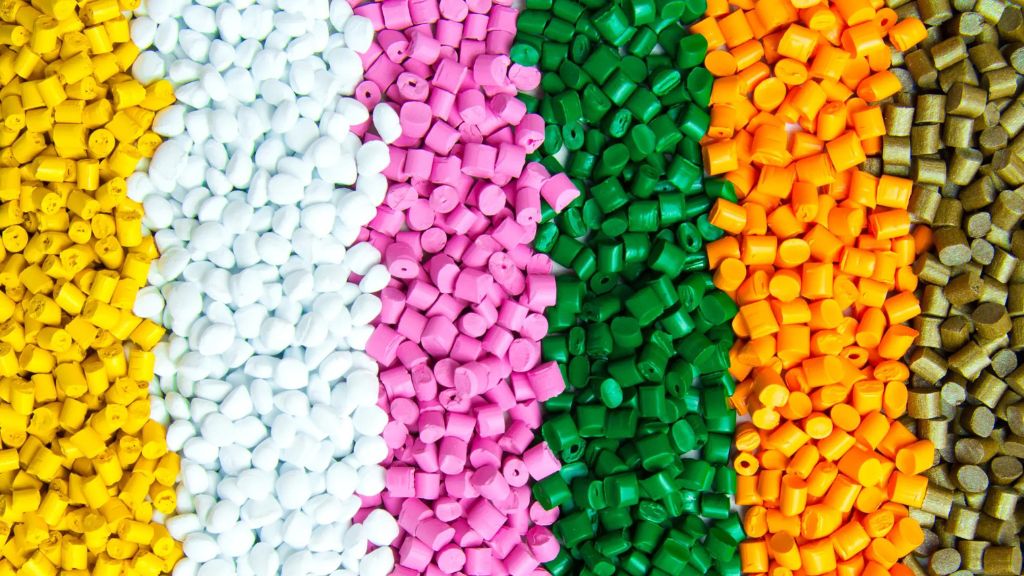
ABS is a rigid black plastic material used for drain, waste, and vent systems. It is lightweight, easy to cut, and resistant to chemical degradation. ABS pipes are joined using solvent cement, and the material is well-suited for residential drainage systems.
10. HDPE (High-Density Polyethylene)
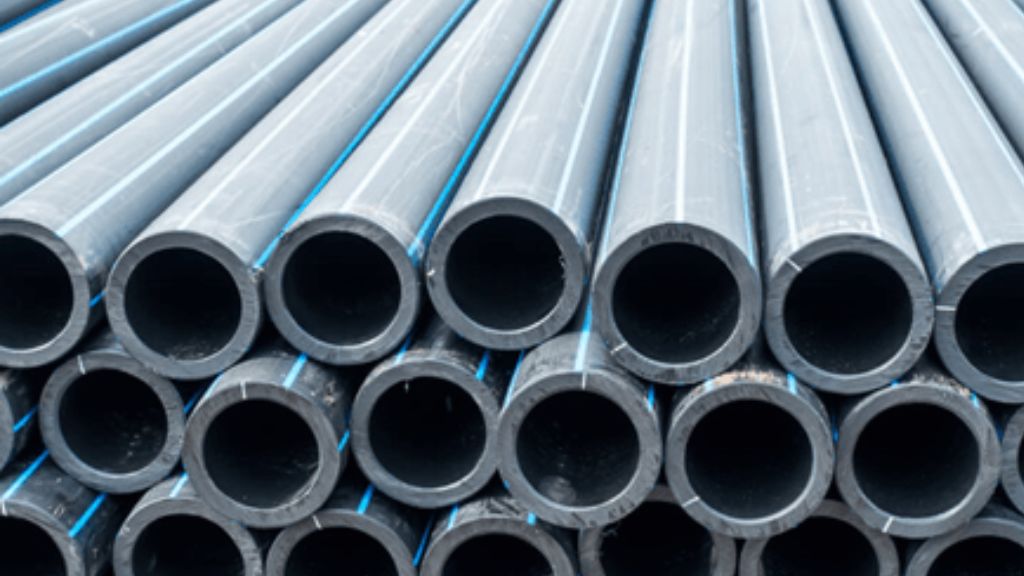
HDPE is a flexible plastic material used in some water supply and drainage systems. It is resistant to corrosion and chemical damage, making it suitable for certain industrial and underground applications. HDPE pipes are lightweight, easy to install, and have good flexibility, allowing them to withstand ground movement.
11. Lead

Lead pipes were commonly used in plumbing systems in the past. However, they are now considered hazardous to health due to the potential for lead leaching into the water supply. Due to health concerns, lead pipes have been phased out and replaced with safer materials like copper and plastic.
12. Concrete

Large concrete pipes are used in sewer and stormwater drainage systems. They are sturdy and can withstand significant pressure and weight. Concrete pipes are commonly used for municipal sewer systems and larger-scale drainage projects.
13. Clay
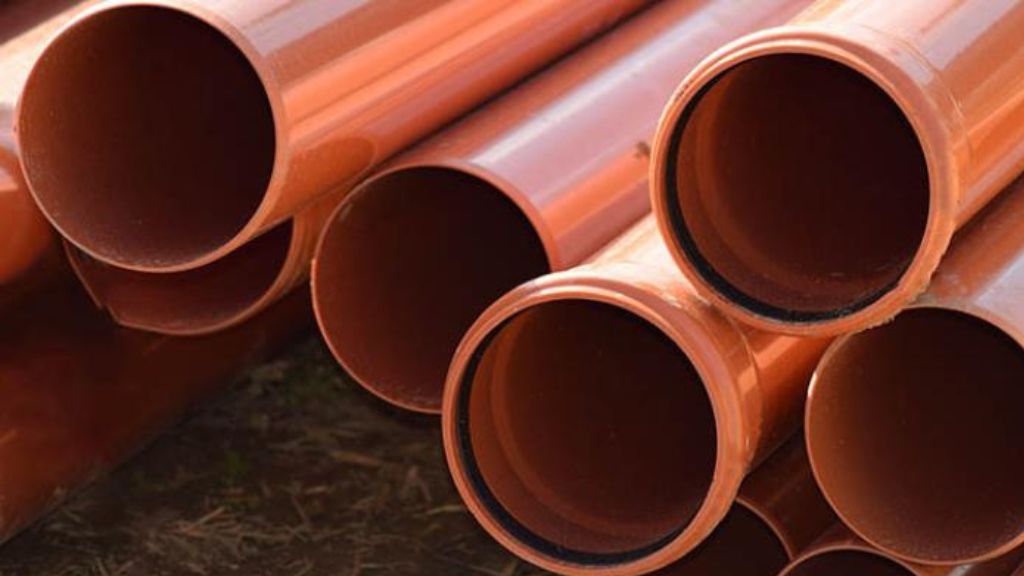
Clay pipes were used in older plumbing systems, especially for drainage and sewer lines. While they are still found in some regions, they have largely been replaced by more modern materials like PVC and HDPE due to their susceptibility to cracking and root intrusion.
14. Rubber
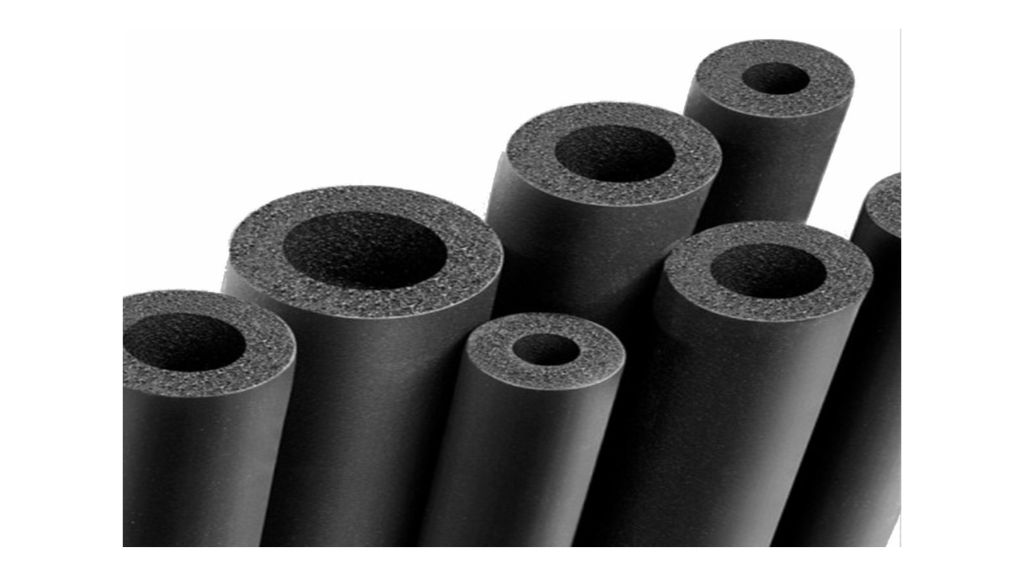
Rubber materials are used for gaskets and seals in plumbing connections. They create watertight seals between pipes and fittings, preventing leaks. Rubber gaskets come in various shapes and sizes to fit different pipe connections.
15. Threaded Fittings
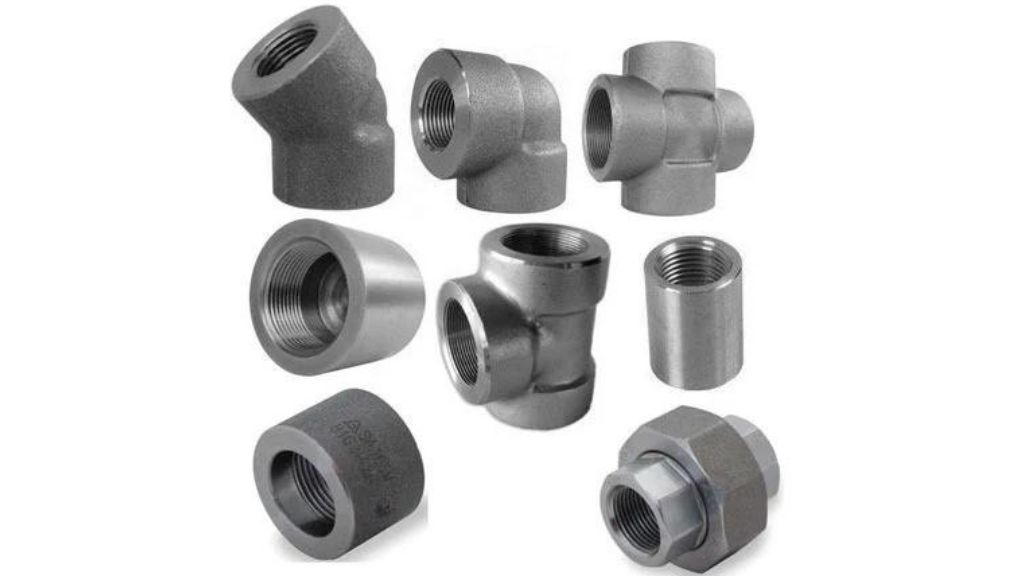
Threaded fittings are made from various materials, such as brass, steel, or plastic. They have threads on the interior or exterior that allow pipes to be connected without the need for soldering or welding. Threaded fittings are commonly used in gas lines and some water supply systems.
16. Compression Fittings
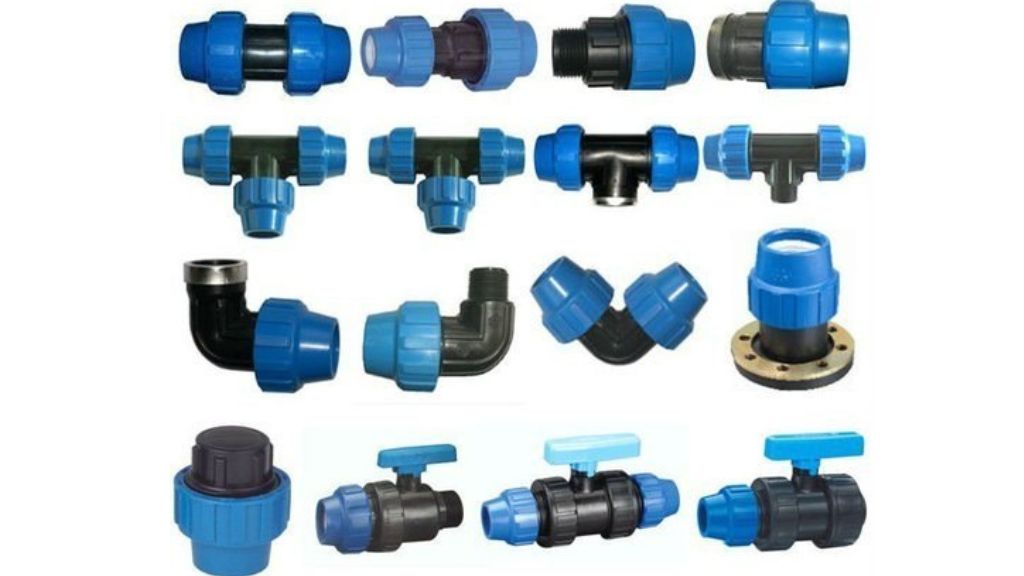
Compression fittings are used to connect pipes without soldering or welding. They have a nut and a ring (usually made of brass or plastic) that compresses onto the pipe, creating a watertight seal. Compression fittings are commonly used in water supply lines and can be disassembled and reassembled when needed.
17. Pipe Insulation
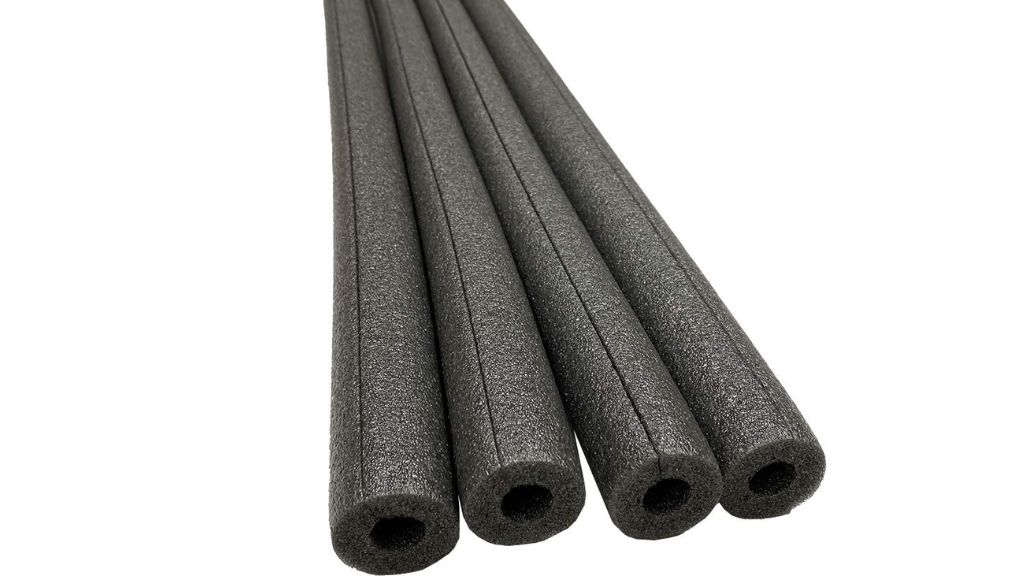
Pipe insulation materials, such as foam or fiberglass, are used to wrap around pipes to prevent heat loss or condensation. Insulated pipes help conserve energy by reducing heat transfer in hot water lines and preventing pipes from freezing in cold climates.
It’s important to choose the appropriate plumbing material based on the specific application, local building codes, and budget constraints to ensure a safe and reliable plumbing system. Each material has its advantages and limitations, and professional plumbers can help make the best choices for individual projects.
Let’s Dive Into The Details Of Each Of These Plumbing Fittings:
Plumbing Materials Names and Pictures
1. Elbow
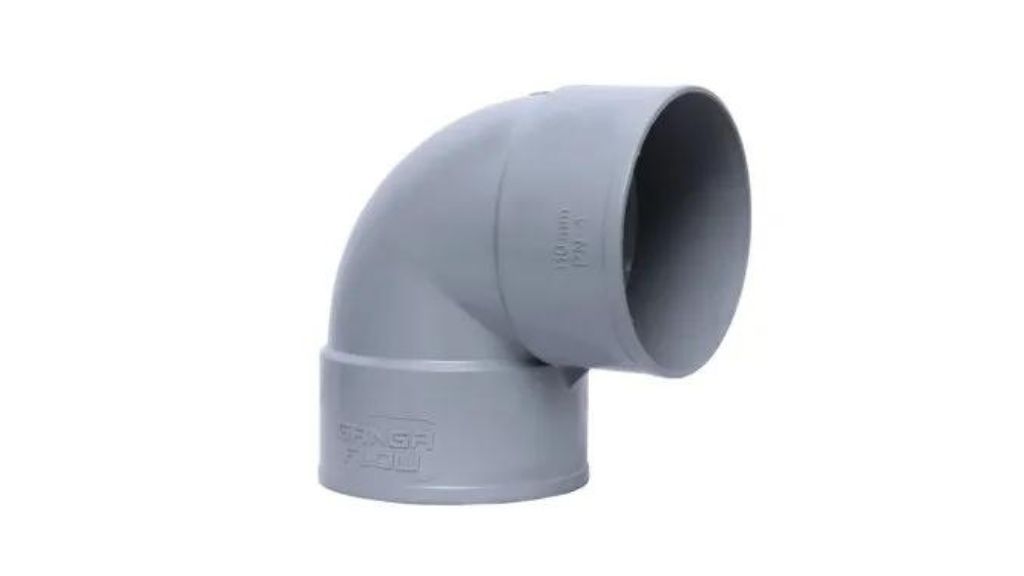
An elbow is a plumbing fitting used to change the direction of a pipe. It typically has a 90-degree or 45-degree bend, though other angles are available. Elbows allow pipes to navigate around obstacles or change their direction without the need for excessive bending. They come in various materials, such as PVC, CPVC, copper, and stainless steel. Elbows with female threads on both ends are called “street elbows.”
2. Tee
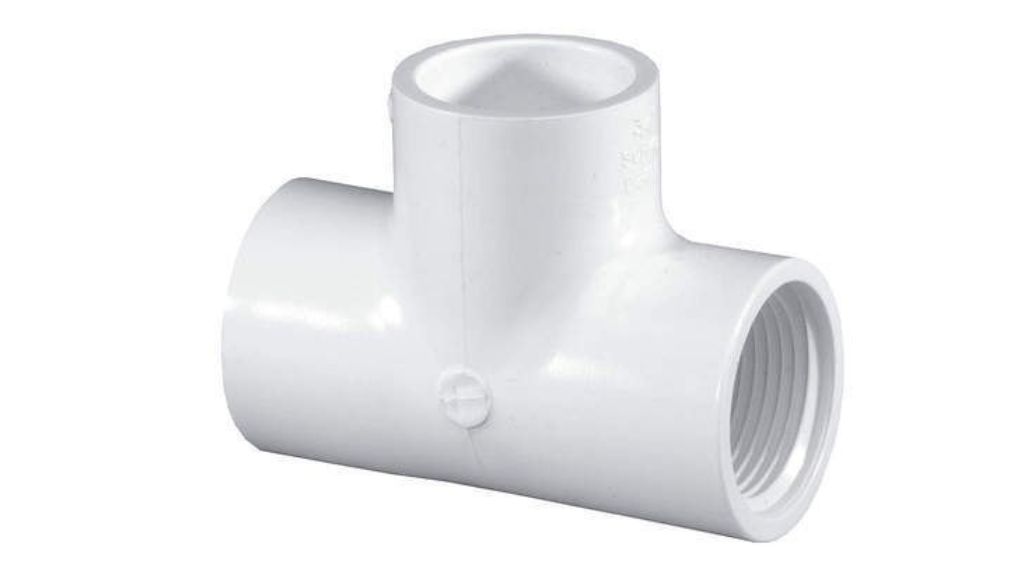
A tee is a three-way fitting with one inlet and two outlets. It has a T-shaped design, hence the name “tee.” It allows for the connection of three pipes, enabling a branch line to be created from a main supply line. Tees come in different configurations, such as equal tees (where all three openings are of the same size) and reducing tees (with different-sized openings).
3. Cross Type
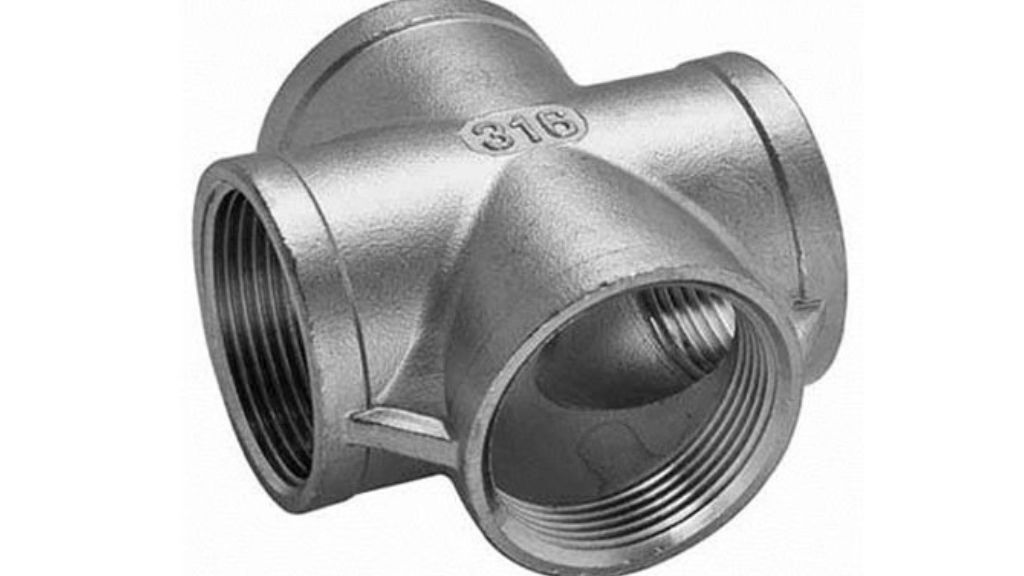
4. Barb
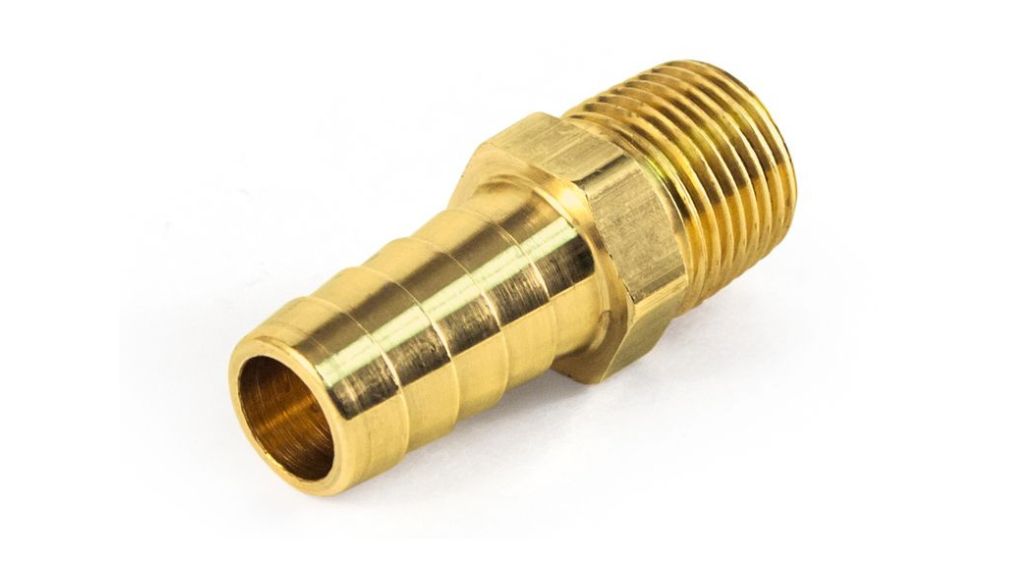
A barb, also known as a hose barb or hose nipple, is fitting with one or more ridged or serrated ends. It is used to connect flexible hoses to pipes or other fittings. The hose is secured onto the barb using a clamp or a crimping tool, creating a secure connection.
5. Nipple
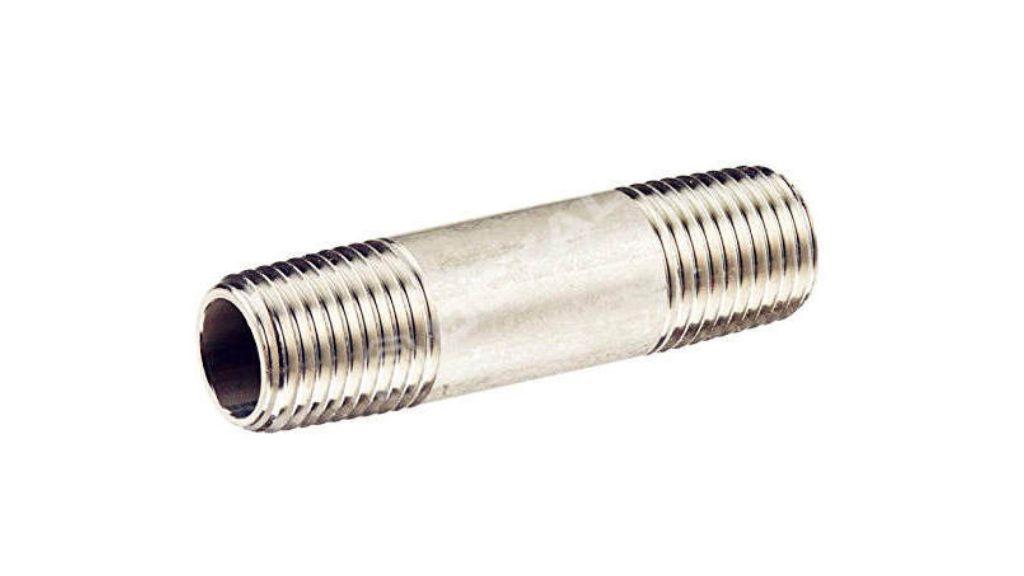
A nipple is a short length of pipe with male threads on both ends. It is commonly used to extend or connect fittings in a plumbing system. Nipples come in various lengths and diameters, allowing for customizations based on specific requirements.
6. Double Tape Bushing
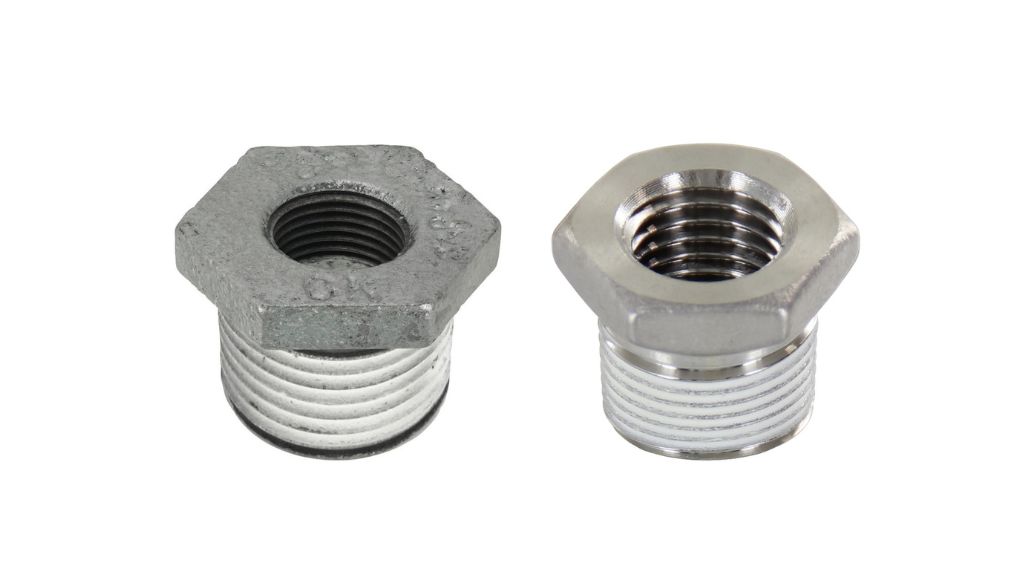
A double-tapped bushing is fitting with female threads on both sides, but the threads have different diameters. It is used to connect pipes or fittings with different thread sizes. The larger side of the bushing is screwed into the larger opening, while the smaller side allows a smaller pipe or fitting to be threaded in.
7. Adapter
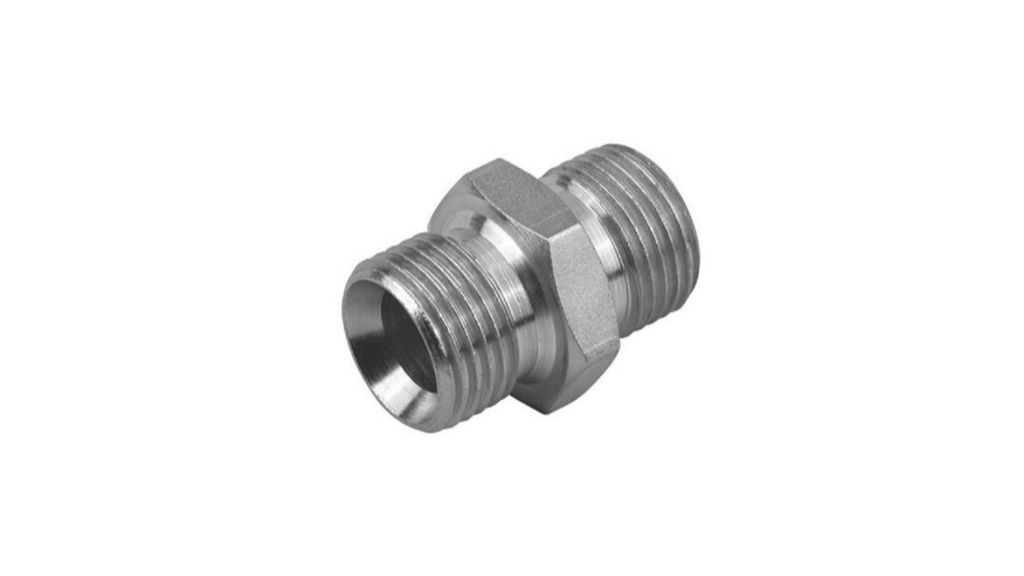
An adapter is a fitting used to connect pipes or fittings with different end types. It may have male threads on one end and female threads on the other, or it could have different types of connections, such as sweat (for soldering), compression, or push-fit.
8. Reducer
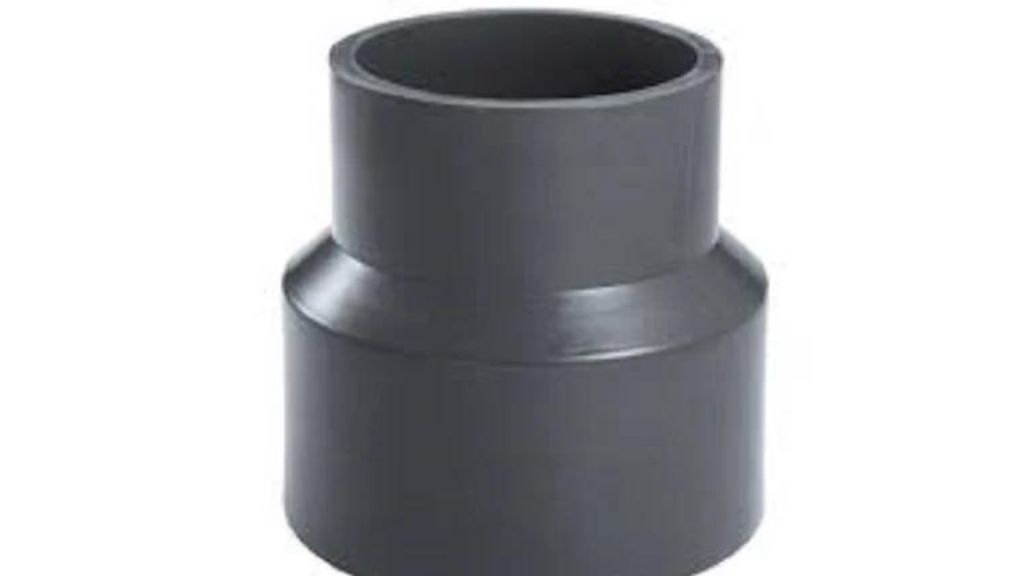
A reducer is a fitting that allows pipes or fittings of different diameters to be connected. It has one end with a larger diameter and another end with a smaller diameter, effectively reducing the size of the pipe at the connection point.
9. Coupling
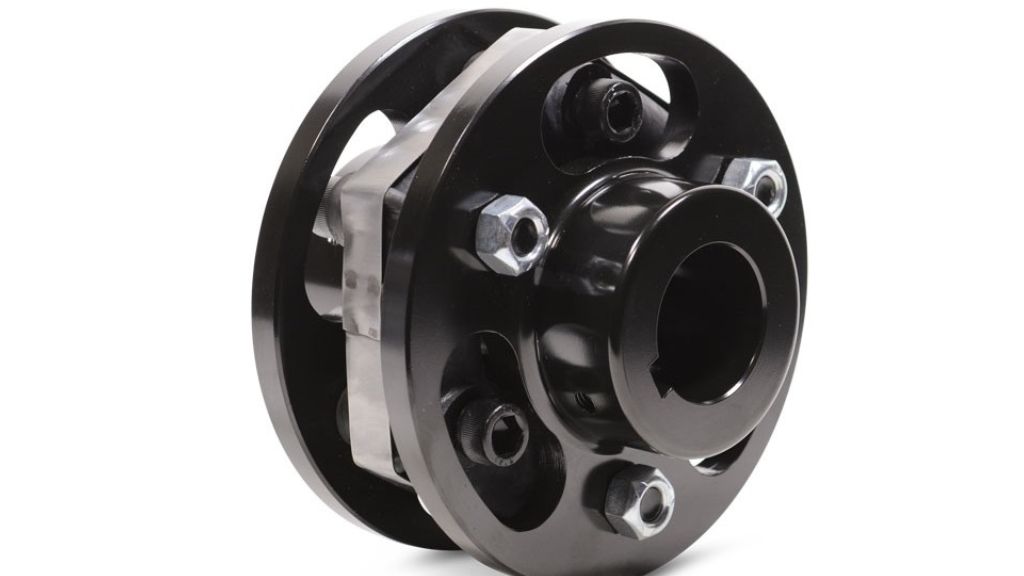
A coupling is a straight fitting used to connect two pipes of the same size. It does not change the direction or diameter of the pipe but simply joins them together. Couplings come in various types, including slip-on, threaded, and compression couplings.
10. Union
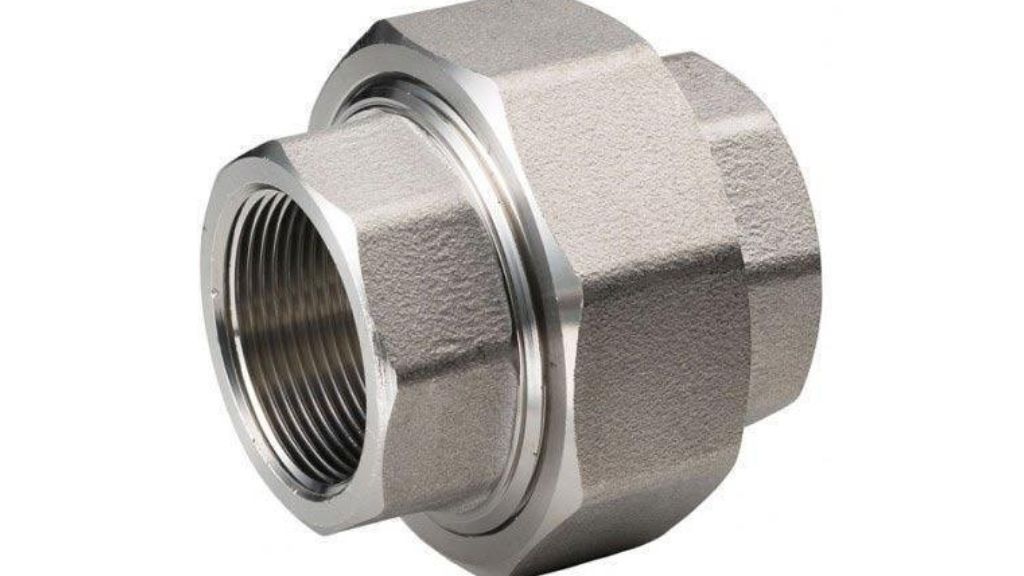
A union is a type of coupling that allows for easy disassembly of pipes or fittings. It consists of three parts: two threaded ends and a central nut or ring. By loosening the nut, the union can be easily disconnected, facilitating maintenance or repairs without having to cut or unscrew the pipe.
11. Mechanical Sleeve
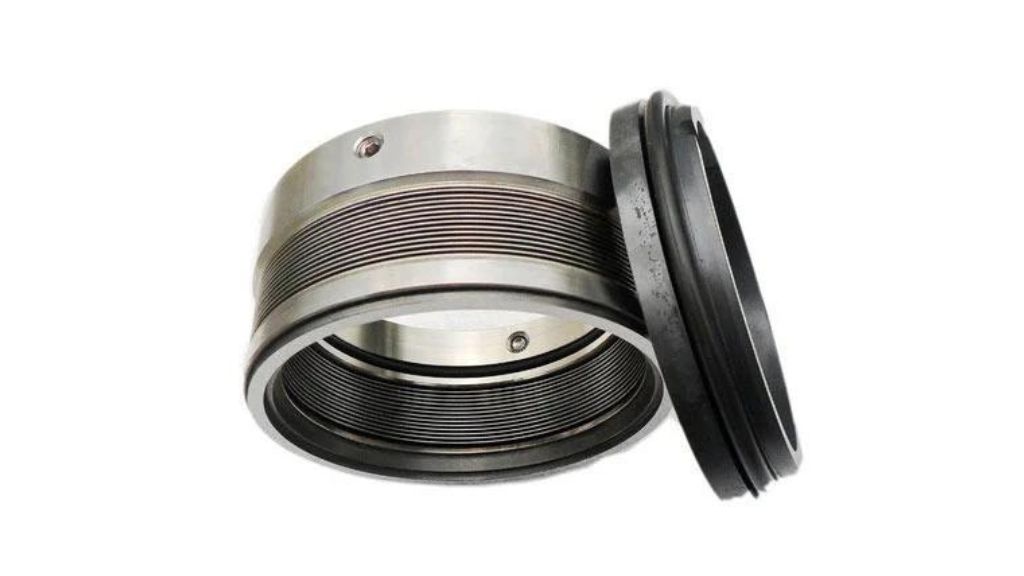
A mechanical sleeve, also known as a repair coupling, is a fitting used to repair a damaged section of pipe. It consists of two halves that can be clamped around the damaged area, creating a tight seal and restoring the integrity of the pipe.
12. Olet
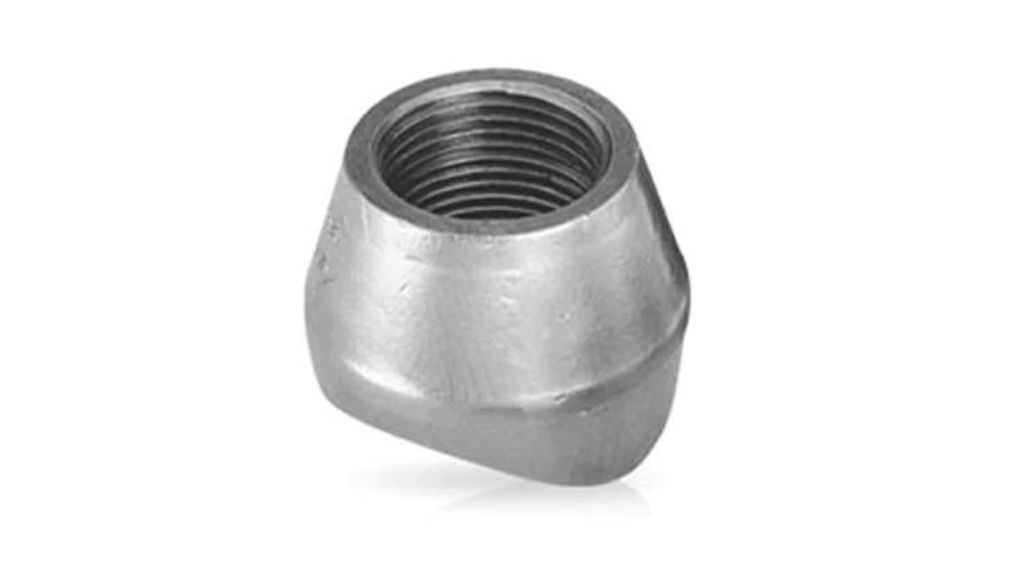
An olet is a branch connection fitting used to create a branch line from a main supply line. It is welded or threaded onto the main pipe, providing a smaller outlet for the branch line to be connected.
13. Valve
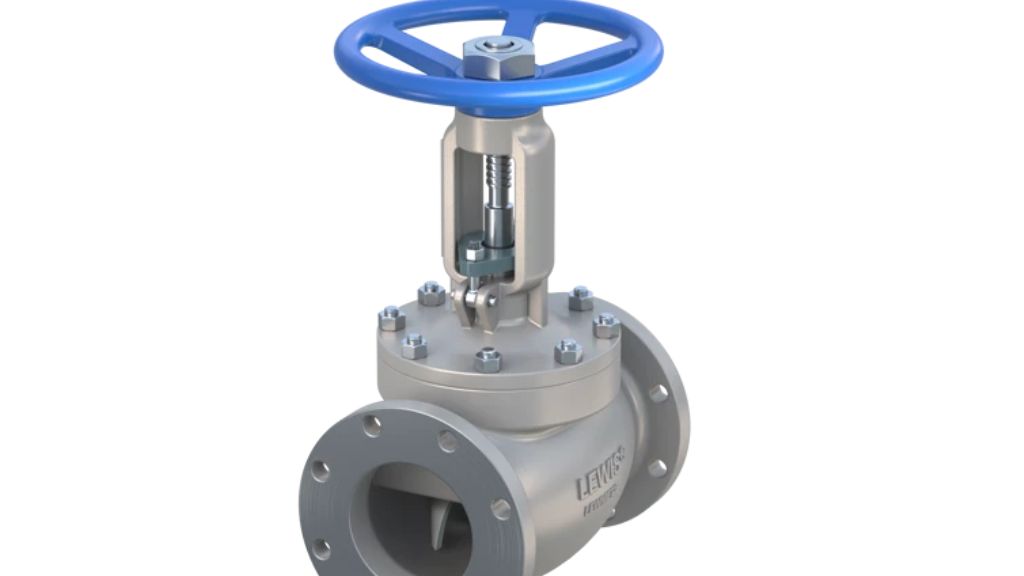
A valve is a device used to control the flow of fluid (liquid or gas) in a plumbing system. Valves can be operated manually (e.g., gate valves, ball valves) or automatically (e.g., solenoid valves). They are essential for shutting off or regulating the flow of water or gas in different parts of the plumbing system.
14. Wye
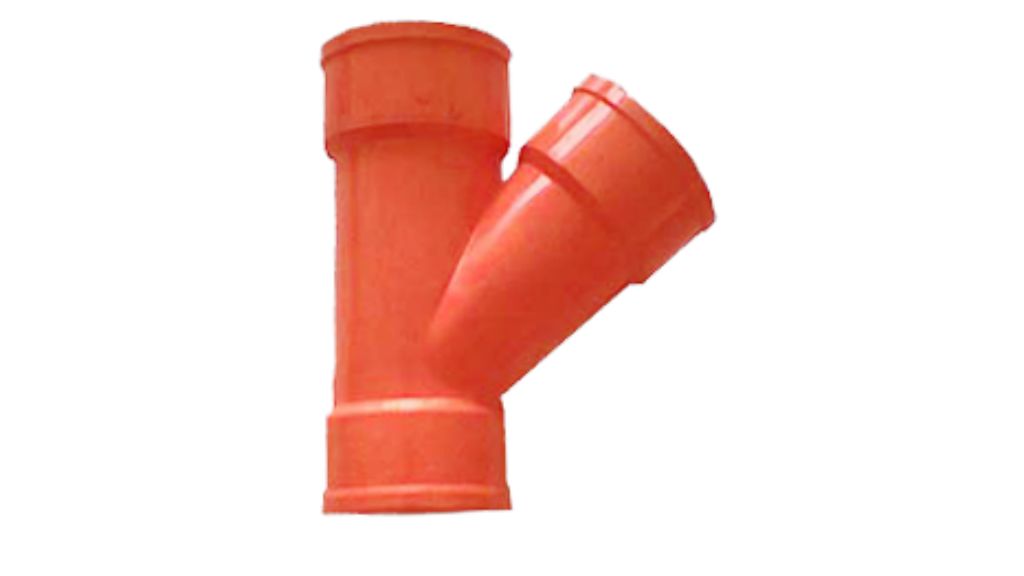
A wye fitting also called a Y-shaped fitting, is used to create a branch connection in a pipe system. It has one inlet and two outlets, forming a Y-shape. Wyes are commonly used in drainage systems to connect a branch line to a main line at a 45-degree angle.
15. Plug
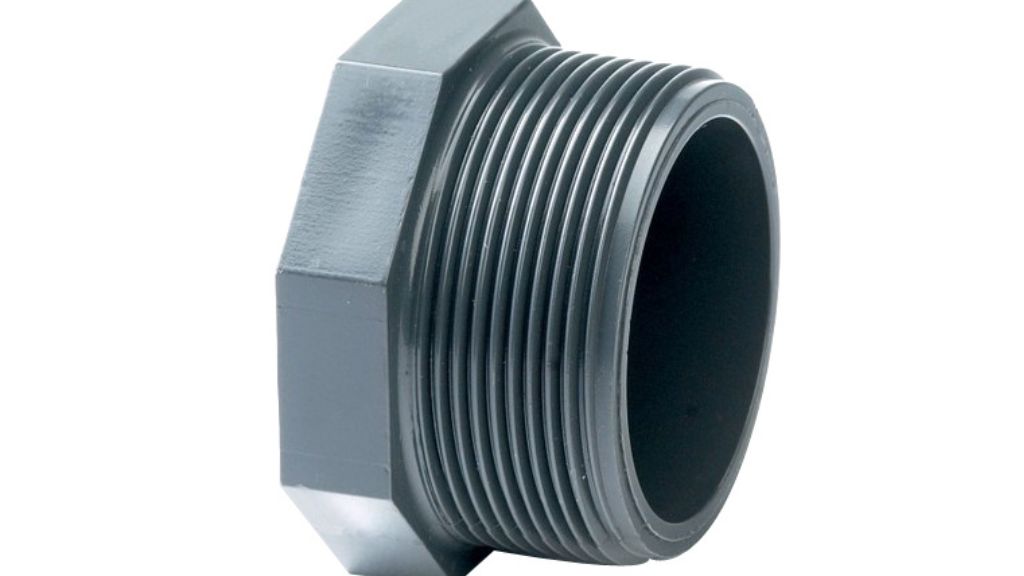
A plug is a fitting used to close the end of a pipe or fitting. It is useful for capping off unused pipes or creating temporary seals for maintenance purposes.
16. Cap
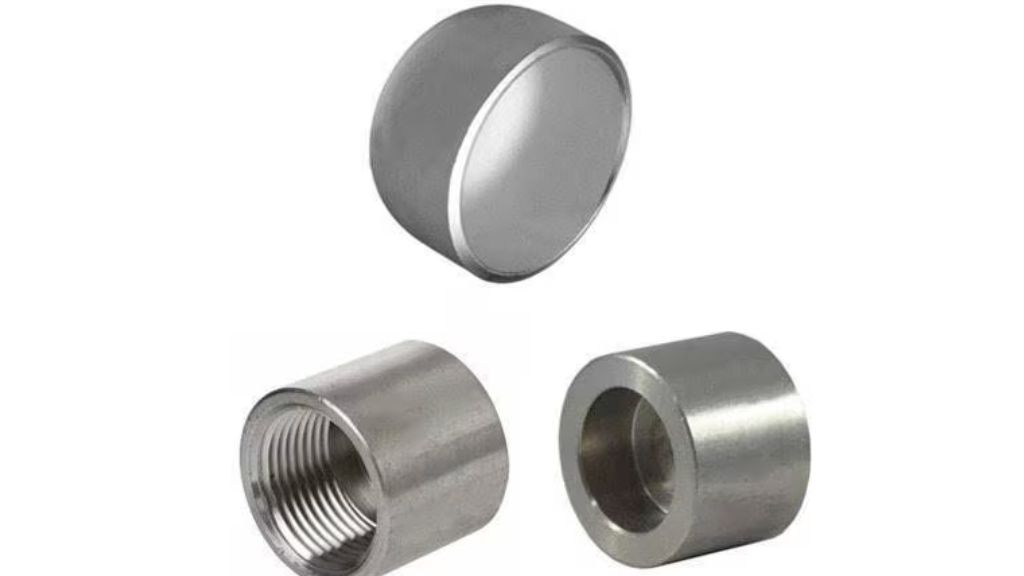
A cap is similar to a plug but is designed to cover the outside of a fitting instead of the inside of a pipe. It is used to close off the end of a pipe or fitting and is commonly found in drainage and venting systems.
Conclusion; Plumbing Materials Name List
In conclusion, plumbing fittings stand as the backbone of modern plumbing systems, silently ensuring the efficient and reliable flow of fluids within our homes, commercial establishments, and industrial facilities. From simple bends to intricate connections, these unassuming components play a crucial role in directing, controlling, and optimizing the movement of water, gases, and other fluids.
Throughout this exploration of various plumbing fittings, we have gained insights into their unique functions and applications. Elbows, tees, crosses, and barbs enable directional changes, branching, and secure hose connections, respectively. Nipples, adapters, and reducers facilitate the seamless transition between pipes of different sizes and configurations. Couplings and unions grant the flexibility of easy disassembly for maintenance and repair. Mechanical sleeves come to the rescue for repairing damaged pipes without extensive replacements.
Olets, wyes, plugs, caps, and valves offer specialized solutions to diverse plumbing challenges, enhancing the adaptability and control over fluid networks. From creating auxiliary lines to precisely regulating flow, these fittings ensure optimal performance and safety.




